
A writer at the Federalist tells why the anime franchise of Demon Slayer is winning over USA audiences, in contrast to recent Disney fare:
President Trump announced Monday that he’s slapping a 100 percent tariff on foreign films. Maybe he saw the box office numbers and panicked: the Japanese juggernaut Demon Slayer: Infinity Castle is crushing American animation. The film sits at 98 percent from audiences and critics on Rotten Tomatoes and raked in a record-breaking $70 million in the United States alone on its opening weekend. Meanwhile, DreamWorks Animation’s Dog Man pulled in $36 million over its domestic premiere weekend, and Disney Pixar’s Elio flopped at $21 million in its debut.
So why are Americans shelling out for a Japanese anime movie about a boy with a sword and a demon sister, instead of American-made media? Simply put: Demon Slayer gives audiences what they’re starving for — sacrifice, redemption, courage, family, discipline, and the age-old struggle of light against darkness. In other words, the stuff that makes stories worth telling.
One potential difference Demon Slayer has from USA animation, though, is that it’s more adult, built on R-rated themes of violence far less western animated films and TV shows have ever been, and no doubt much of the audience that’s giving the film success anywhere is comprised more of teen/adult viewership. Depending on your viewpoint, that’s something USA animation producers could consider, but that alone would obviously not improve a dire situation where heroism, family and courage are sorely lacking as themes of positivity. Why, if there’s any opposition to anything that could resemble sex-positivity, as the same writer at the same site once had, that too is definitely troubling. If Demon Slayer upholds masculinity, then I’m not sure what the beef is with “scantily clad women”, unless its villainesses we’re talking about. Isn’t heterosexuality also crucial for masculinity? And if she doesn’t have an issue with Wonder Woman wearing a bustier, then there should be no issue with scantily clad women in Demon Slayer, unless it’s criminals they’re talking about.
Demon Slayer has obvious Buddhist and Shinto influences, and the story’s Japanese creator clearly did not set out to write a Christian parable, yet the eternal truths seep through anyway. There’s a reason for that.
In The Last Battle, the final book of The Chronicles of Narnia, Emeth, a Calormene soldier, is welcomed into Aslan’s Country (heaven) despite never having served Aslan in life. A sincere worshipper of Tash, Emeth had sought to live faithfully and honestly, and when he dies and meets Aslan face-to-face, he learns that every act of love and integrity he performed belonged to Aslan all along, for nothing good can be done in the name of Tash and nothing evil in the name of Aslan.
In this, Lewis shows that truth and goodness are not bound by human labels but flow from God Himself. It is for this reason that stories written with sincerity, love, and a longing for the good — whether intended or not — inevitably echo Christian themes of sacrifice, redemption, courage, and the triumph of light over darkness.
And this is precisely why Demon Slayer resonates while much of American animation flounders. Hollywood insists on stories that purposely deny the eternal patterns — sacrifice, redemption, good versus evil — and so its offerings feel hollow. Atheistic Japan tells a tale about demons and swordsmen, and somehow it strikes closer to the heart of reality than a multimillion-dollar Pixar production.
Don’t get me wrong: I want American animation to do well. I’m not happy that foreign media is better than our own, and Trump is right to be disturbed by films like Demon Slayer thriving in the United States. But the problem isn’t that Americans are watching Japanese anime; it’s that Hollywood has stopped telling the kind of stories that “set hearts ablaze.” And while I love Trump’s tariffs, I fear no tariff is going to fix that.
Well then, depending how one views the topic, wouldn’t it also do some good to make a call for producing cartoon stories marketed for adults, convincing them it’s worth watching, and at the same time, maybe trying to make something worthwhile that doesn’t rely on grisly violence? There’s been too much of that in the past quarter century, and that’s something that’s time to fix, ditto the sex-negative propaganda that’s become a sad staple of recent. And of course, maybe in the future somebody can form the kind of animation production outfits the Daily Wire’s been backing, that can develop stuff with themes both children and adults can learn something promising from. For now, the same people complaining are spending too much time expecting Hollywood to clean up the mess they’re making.
Originally published here







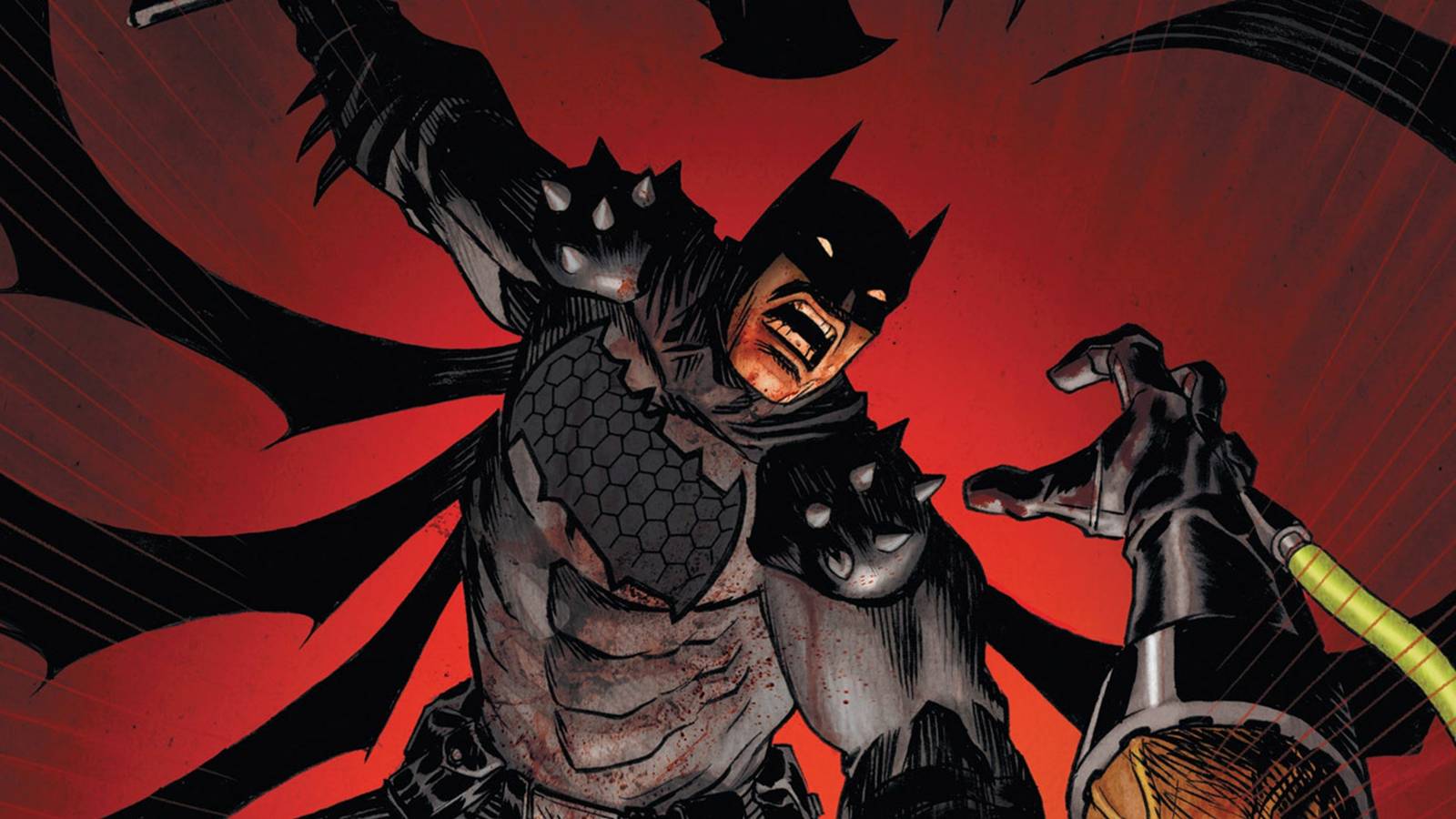

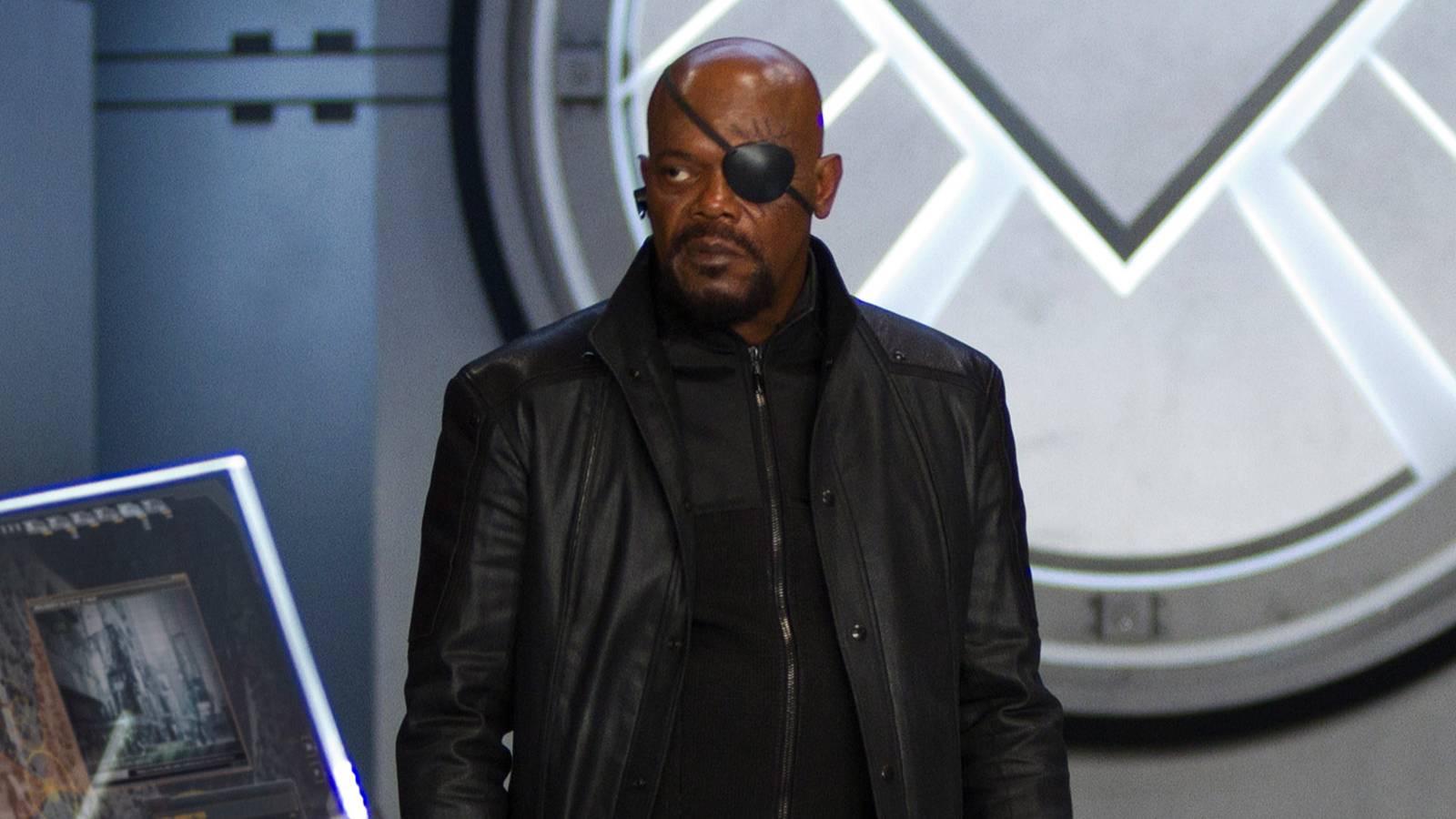



![Ghost of Yōtei First Impressions [Spoiler Free]](https://attackongeek.com/wp-content/uploads/2025/11/Ghost-of-Yotei.jpg)


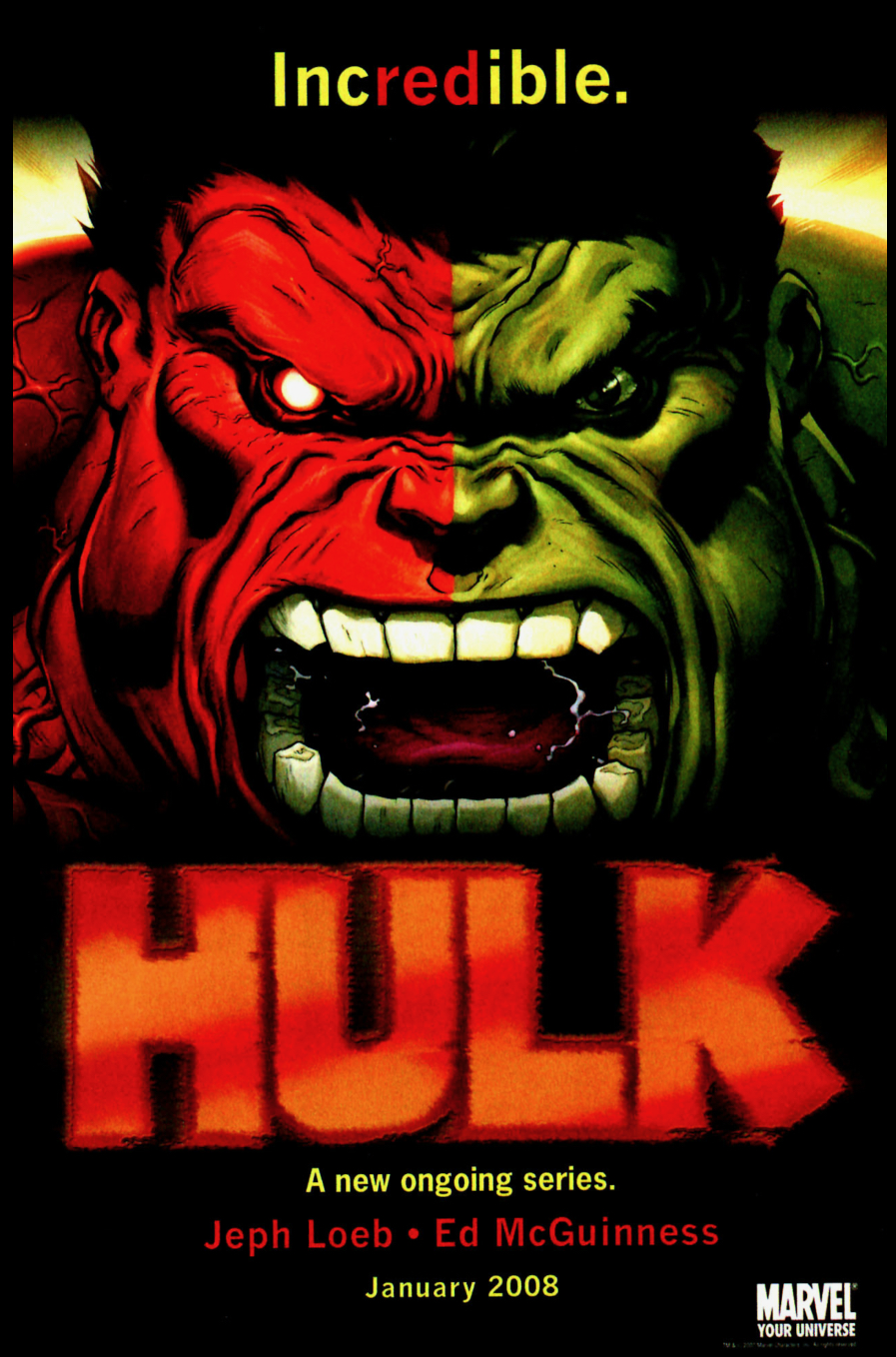
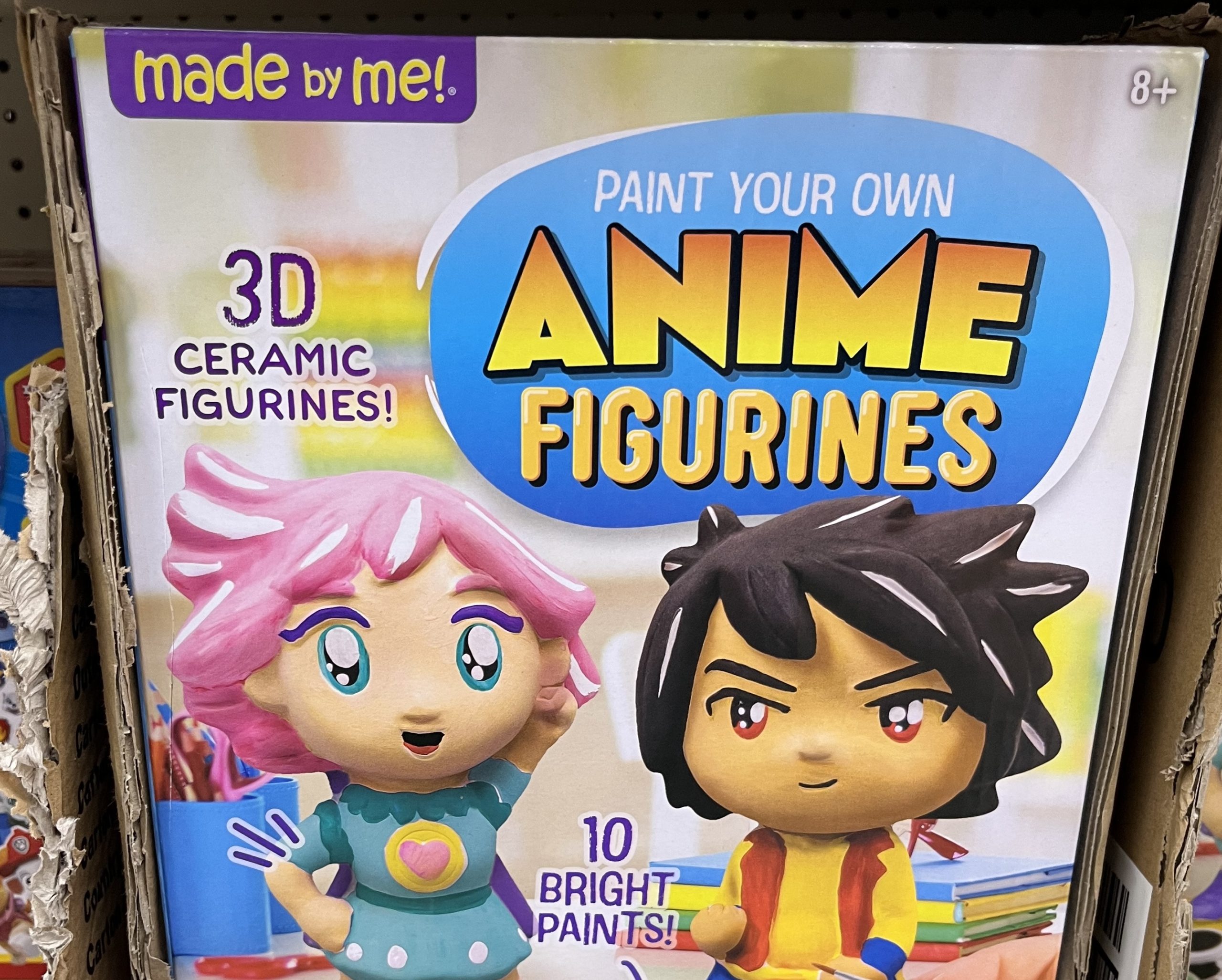
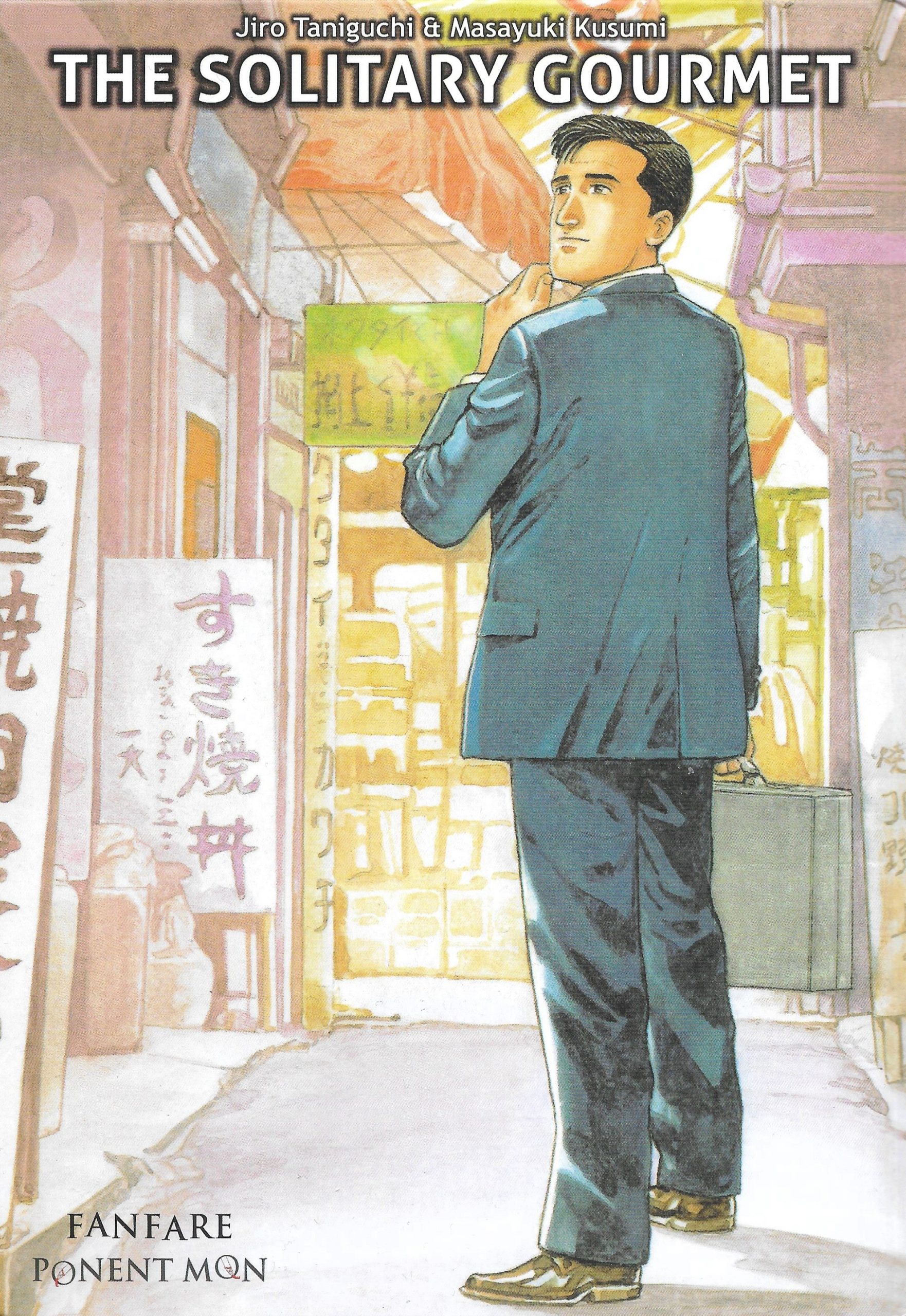
 English (US) ·
English (US) ·